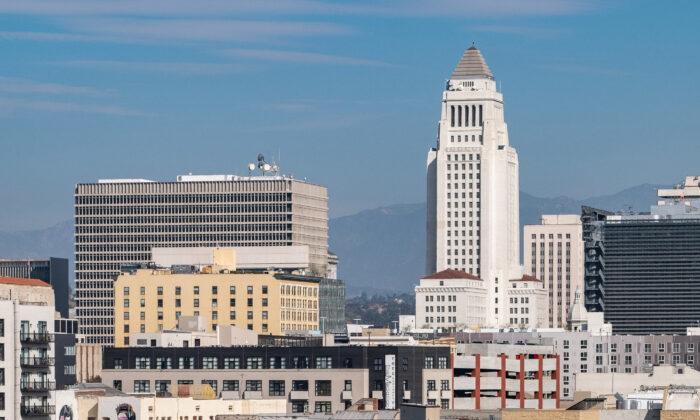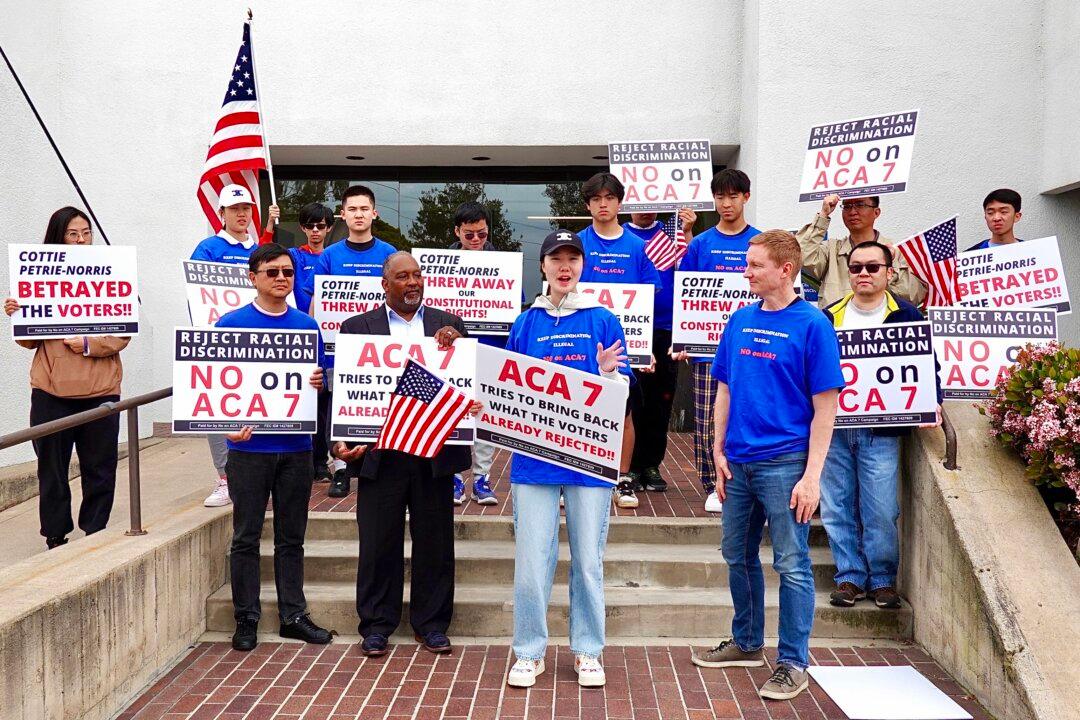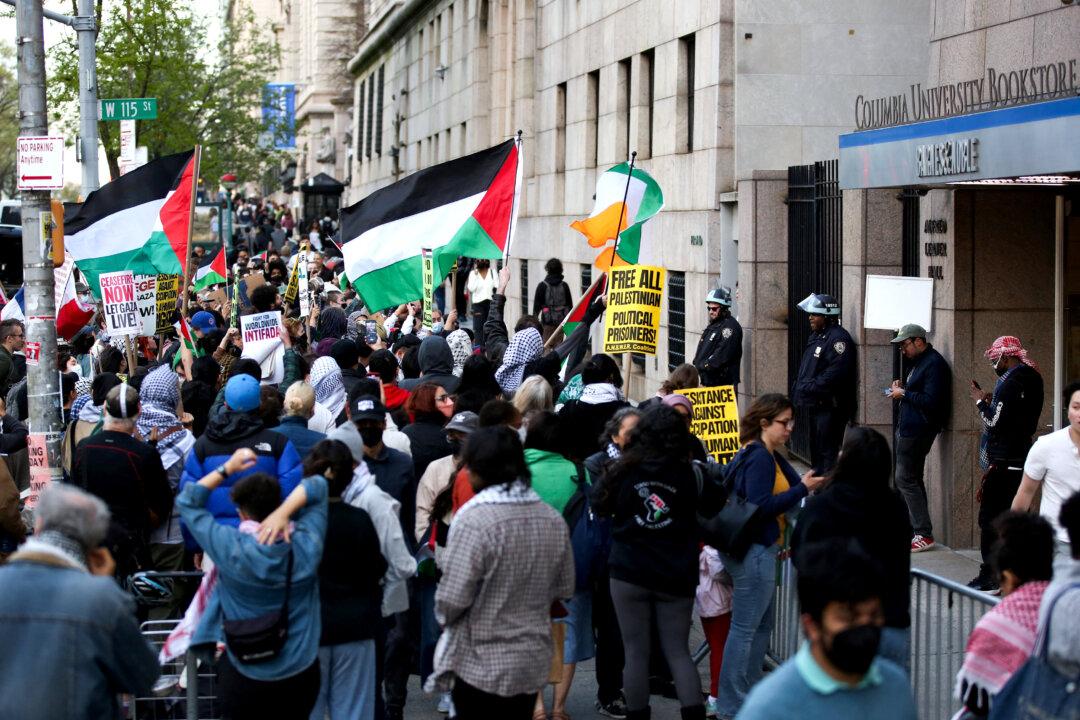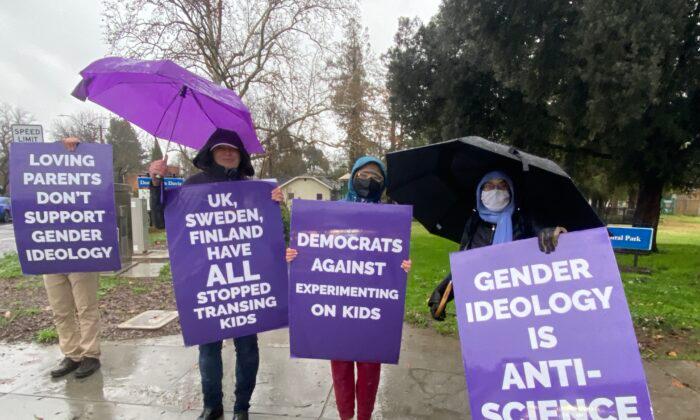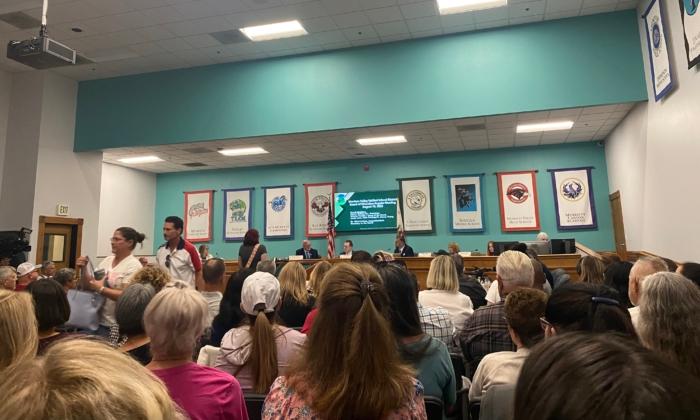The citizen-led redistricting commission called for more districts in Los Angeles after the council president criticized the commission’s proposed map and introduced a motion to create a new redistricting committee.
The Los Angeles City Council Redistricting Commission argued the city has kept the same number of districts for decades as the population has grown, leading to a disproportionate ratio of residents to district representatives.
The commissioners didn’t say how many districts should be added but recommended the council look into creating a task force to develop a strategy in the future.
The commission’s proposed map would designate about 260,000 residents to each of the 15 districts. It reshapes several key districts in the city, including Paul Krekorian’s District 2 and Nithya Raman’s District 4.
The commission also proposed an entirely new district for the west San Fernando Valley, which Krekorian or Raman could oversee. However, it left that final decision up to the city council, which must approve the new map prior to implementation Jan. 1.
Unhappy with the proposed map, however, Council President Nury Martinez introduced a motion to create a new Ad Hoc Redistricting Committee, essentially tossing out much of the commission’s work and restarting the process.
“It’s clear that too many voices across the city have yet to be heard, and we have an immovable deadline,” Martinez said. “We cannot reasonably move forward with a map that raises concerns for so many marginalized communities when this will be so influential in the lives of all Angelenos for the next decade. If we’re looking to build a stronger, more equitable Los Angeles, we need a map that reflects that.”
Raman and Krekorian seconded Martinez’s motion to create an Ad Hoc Redistricting Commission.
The commission, comprising 21 citizens appointed by the councilmembers, worked on the proposed map for about a year. The group took 15,000 public and written testimonies into account, according to commission spokesperson Helen Sanchez.
This is the first time in the city’s history that the map has been drawn “in full view of the public,” according to Redistricting Commission Chair Fred Ali.
“It wasn’t our job to protect elected officials, their jobs, or their political futures,” Ali said in an Oct. 22 statement. “We hope the Council conducts its deliberations with the same amount of transparency and commitment to equity that this Commission did.”
The commission also made several recommendations to facilitate accountability and transparency within the redistricting process.
The commission recommended that the next time district maps are drawn, in 2031, the process should be handled by an independent body entirely removed from the city council.
The group also suggested that “narrow and clear parameters for the replacement of commissioners during the redistricting process” should be created to ensure accountability.
The city council was expected to take up the commission’s proposal on Nov. 2. Proposals to change the map had to be submitted by that day.
